The livestock industry is growing strongly, but is heavily dependent on imported feed sources worth about 10 billion USD per year and is always at risk of supply disruption.
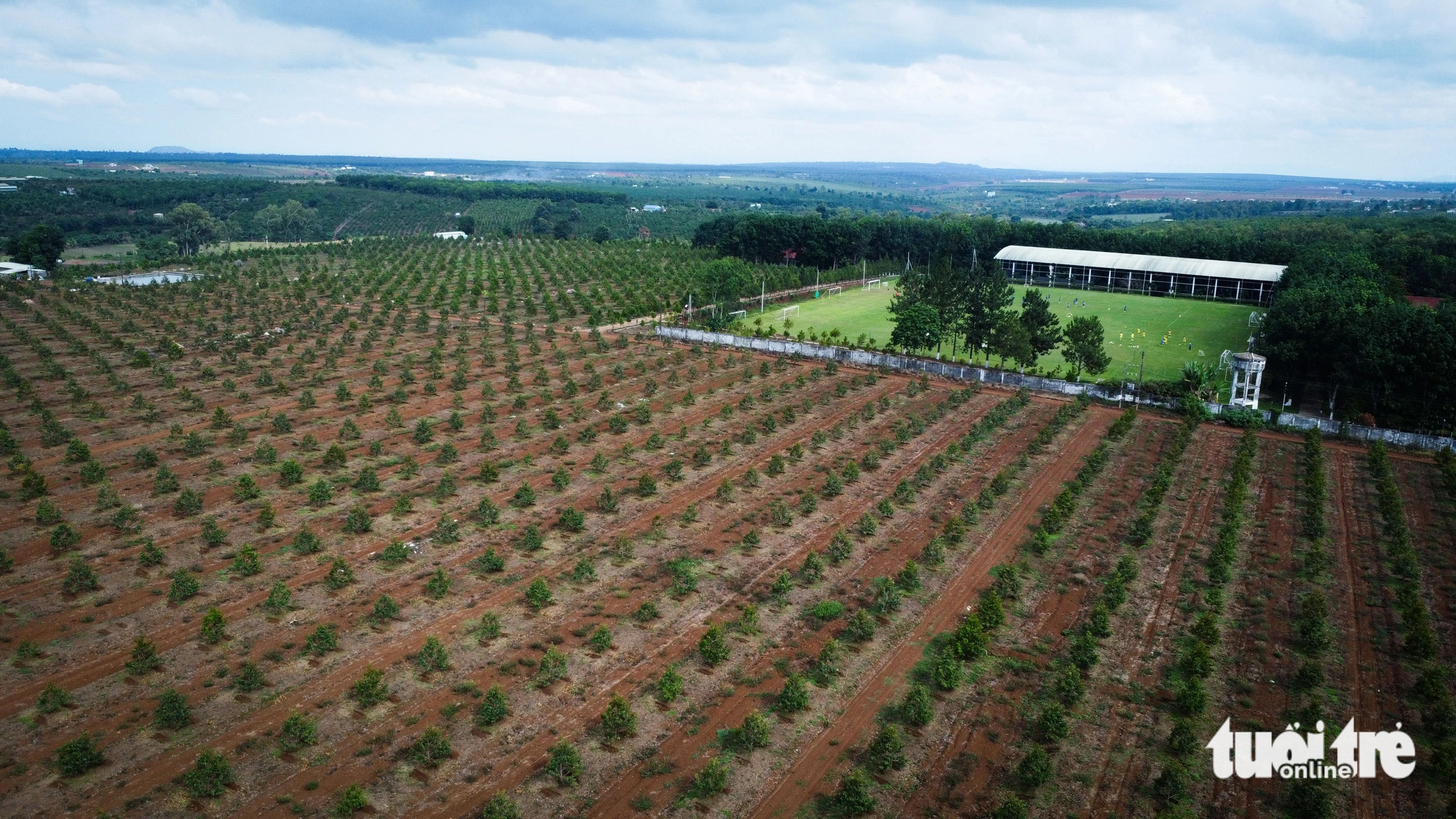
A durian growing area in Gia Lai province - Photo: TAN LUC
On October 30, the Ministry of Agriculture and Rural Development held a conference to promote investment in agriculture and rural areas in the Central Highlands region in Pleiku City, Gia Lai.
The country's largest agricultural production center
According to the Department of Planning - Ministry of Agriculture and Rural Development, the Central Highlands is a region with great advantages for agricultural production. This is also a major agricultural production center of the country.
Specifically, the region has over 5 million hectares of agricultural land with a favorable climate for industrial crops, perennial crops and fruit trees.
Of which, some key crops such as coffee over 668,000ha, rubber over 228,000ha, pepper 77,000ha, durian 75,000ha, passion fruit 6,700ha.
The Central Highlands also has advantages in livestock farming with over 4 million cattle and 30 million poultry.
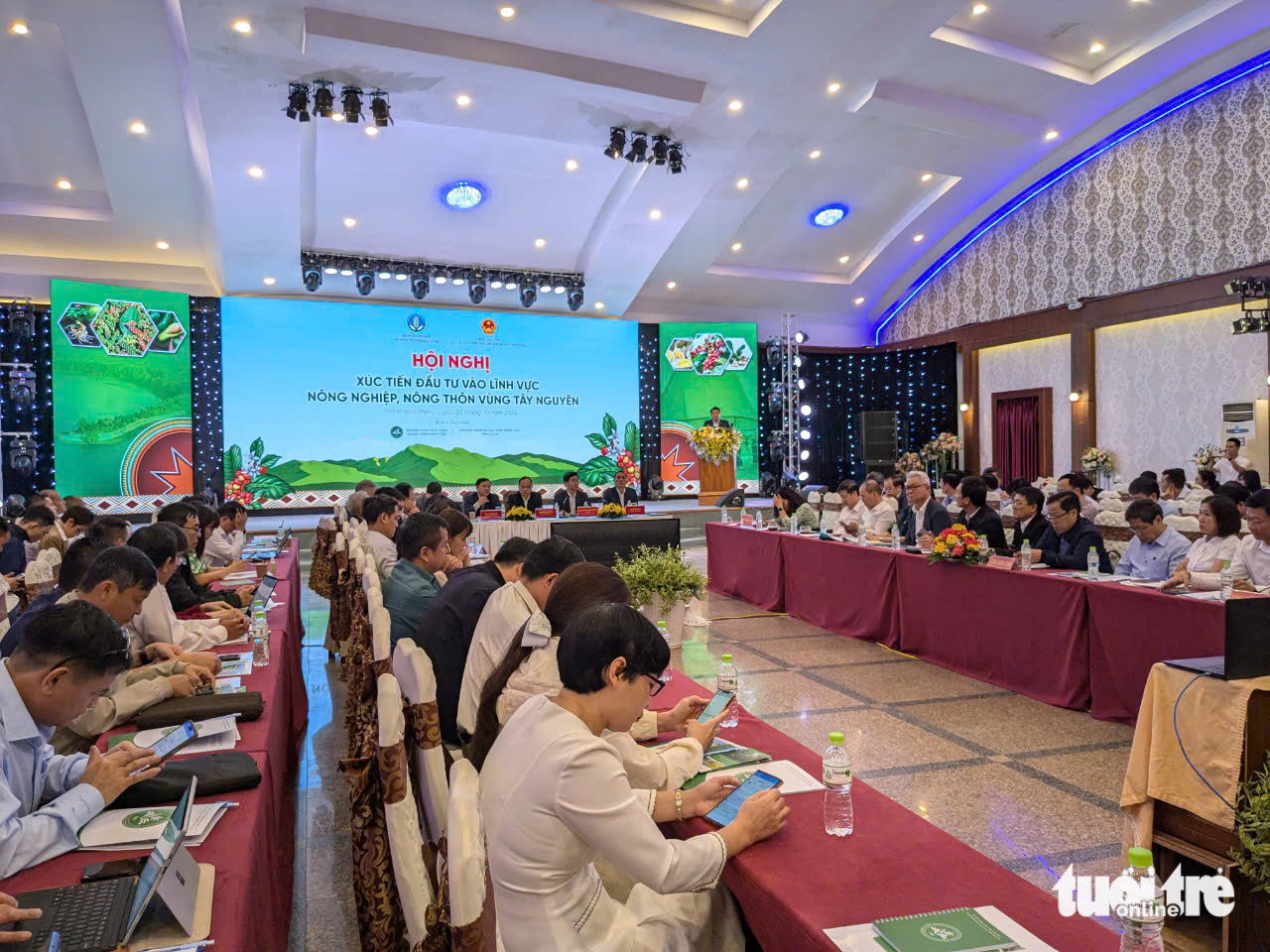
View of the Conference on promoting investment in agriculture and rural areas in the Central Highlands on October 30 - Photo: TAN LUC
At the conference, Mr. Vu Manh Hung - Chairman of the Board of Directors of Hung Nhon Group, a livestock enterprise with many large projects in the Central Highlands and the Southeast - hoped that the Central Highlands provinces would have appropriate investment attraction policies and provide more support for investors.
This enterprise advised provinces to plan raw material areas and livestock areas closely following local strengths and potentials, and to build cooperative models to provide food and feed for the livestock industry.
Mr. Hung noted that Vietnam spends about 10 billion USD annually to import raw materials for animal feed. It can be said that the domestic livestock industry is heavily dependent on imported feed sources.
Therefore, there is a great need for projects to develop local livestock raw materials in the Central Highlands. Focus on implementing in areas of fallow land and uncultivated land to improve the livelihoods of farmers.
Need to be self-sufficient in animal feed sources
Meanwhile, Mr. Do Huu Luong - General Director of Gia Lai Agricultural and Forestry Seed Joint Stock Company - commented that although the Central Highlands has a large land area, it has not yet had a systematic agricultural planning.
Farmers produce spontaneously, not linked to the consumer market, lacking production organization orientation from relevant agencies. The cultivated area is large but there is a serious lack of processing and preservation factories for agricultural products.
Localities have not been bold enough to proactively attract investment and simplify administrative procedures.
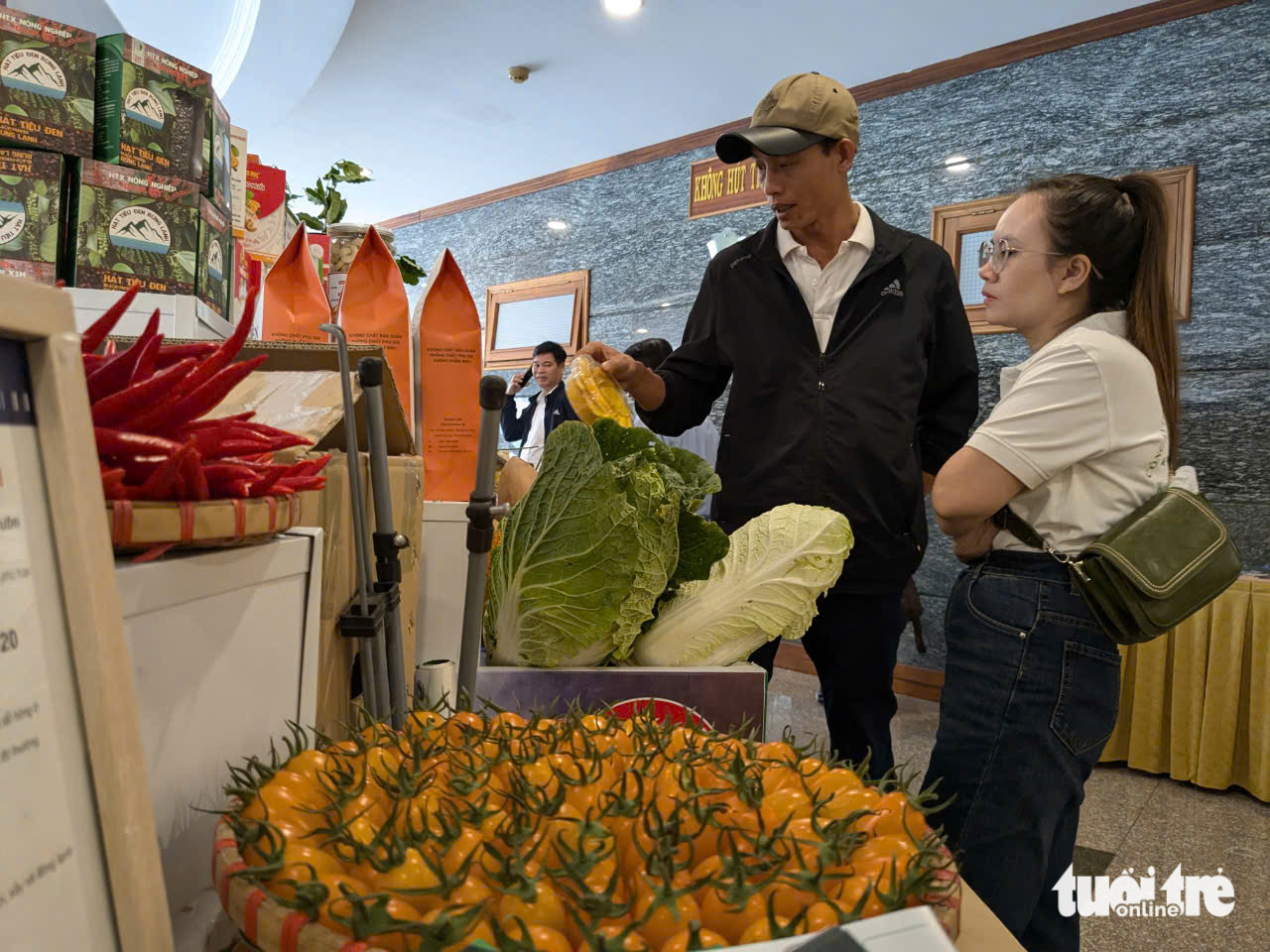
Exhibition booth introducing special agricultural products of the Central Highlands provinces - Photo: TAN LUC
Mr. Luong said that in order for the Central Highlands agriculture sector to take off, it is necessary to focus on investing in transport infrastructure. In addition, provinces need to proactively plan concentrated growing areas and develop growing area codes for specialized areas.
Proactively call for and select investors with sufficient capacity to develop growing areas, plan concentrated processing clusters associated with growing areas to accelerate production linkage.
According to Minister of Agriculture and Rural Development Le Minh Hoan, the Central Highlands is a region with advantages in cultivation and has recently become an attractive destination for livestock businesses.
Talking about stabilizing and developing the domestic livestock industry, Minister Le Minh Hoan said that animal feed sources are always at risk of disruption due to global fluctuations when over-dependent on imports.
According to the minister, Vietnam cannot be compared with the US and Brazil in terms of corn and soybean production for the animal feed industry. However, the domestic animal feed industry needs to be partly self-sufficient in animal feed to avoid external risks and fluctuations.
In addition, corn and bean growing areas outside the farm corridor can also handle environmental problems and livestock waste.
Mr. Hoan suggested that the Central Highlands provinces should expand the space for agricultural development, not be isolated in a specific project, enterprise, or locality. At the same time, they must prepare to overcome trade barriers of the markets, especially the EU's anti-deforestation regulations.
Source: https://tuoitre.vn/moi-nam-nhap-10-ti-usd-nguyen-lieu-thuc-an-chan-nuoi-bo-truong-noi-can-tu-chu-2024103012065295.htm


![[Photo] Official welcoming ceremony for the King and Queen of the Kingdom of Belgium](https://vstatic.vietnam.vn/vietnam/resource/IMAGE/2025/4/1/9e1e23e54fad482aa7680fa5d11a1480)
![[Photo] National Assembly Chairman Tran Thanh Man meets with King Philippe of Belgium](https://vstatic.vietnam.vn/vietnam/resource/IMAGE/2025/4/1/c6fb3ef1d4504726a738406fb7e6273f)
![[Photo] President Luong Cuong and the King of Belgium witness the Vietnam-Belgium document exchange ceremony](https://vstatic.vietnam.vn/vietnam/resource/IMAGE/2025/4/1/df43237b0d2d4f1997892fe485bd05a2)
![[Photo] Queen of the Kingdom of Belgium and the wife of President Luong Cuong visit Uncle Ho's Stilt House](https://vstatic.vietnam.vn/vietnam/resource/IMAGE/2025/4/1/9752eee556e54ac481c172c1130520cd)

![[Photo] President Luong Cuong meets with King Philippe of Belgium](https://vstatic.vietnam.vn/vietnam/resource/IMAGE/2025/4/1/1ce6351a31734a1a833f595a89648faf)
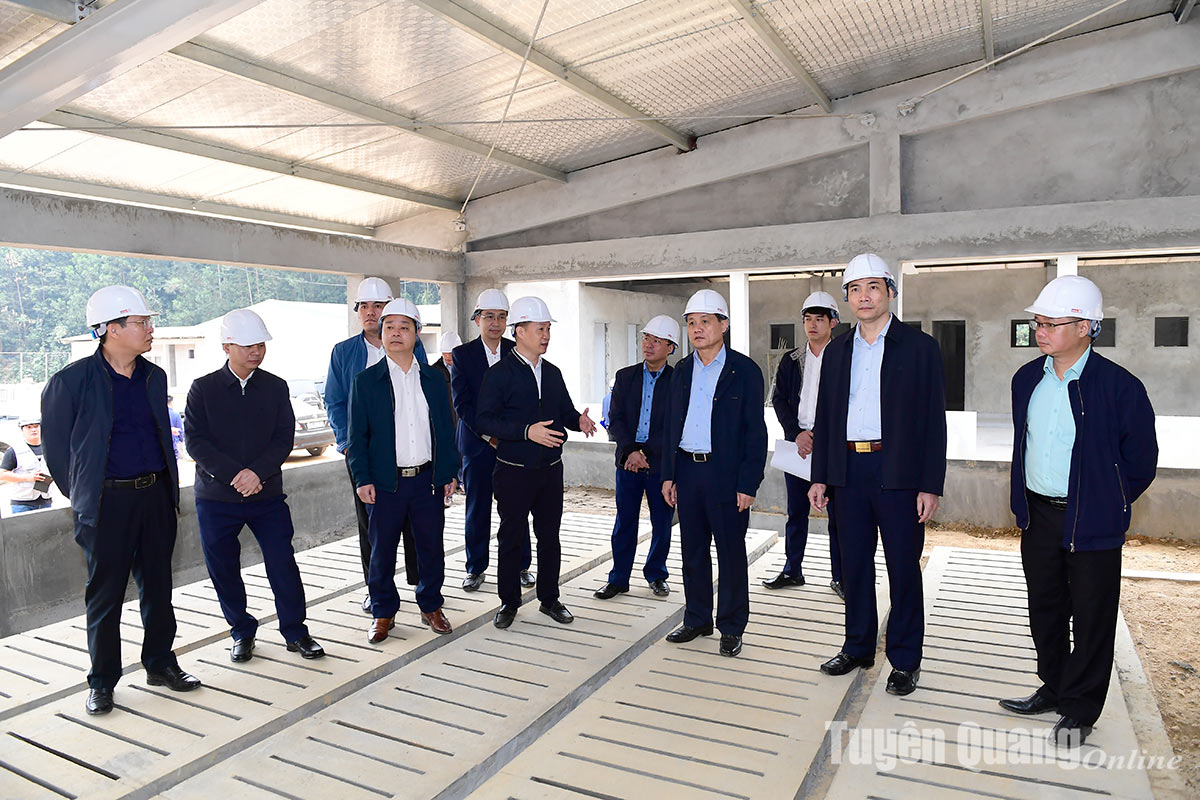

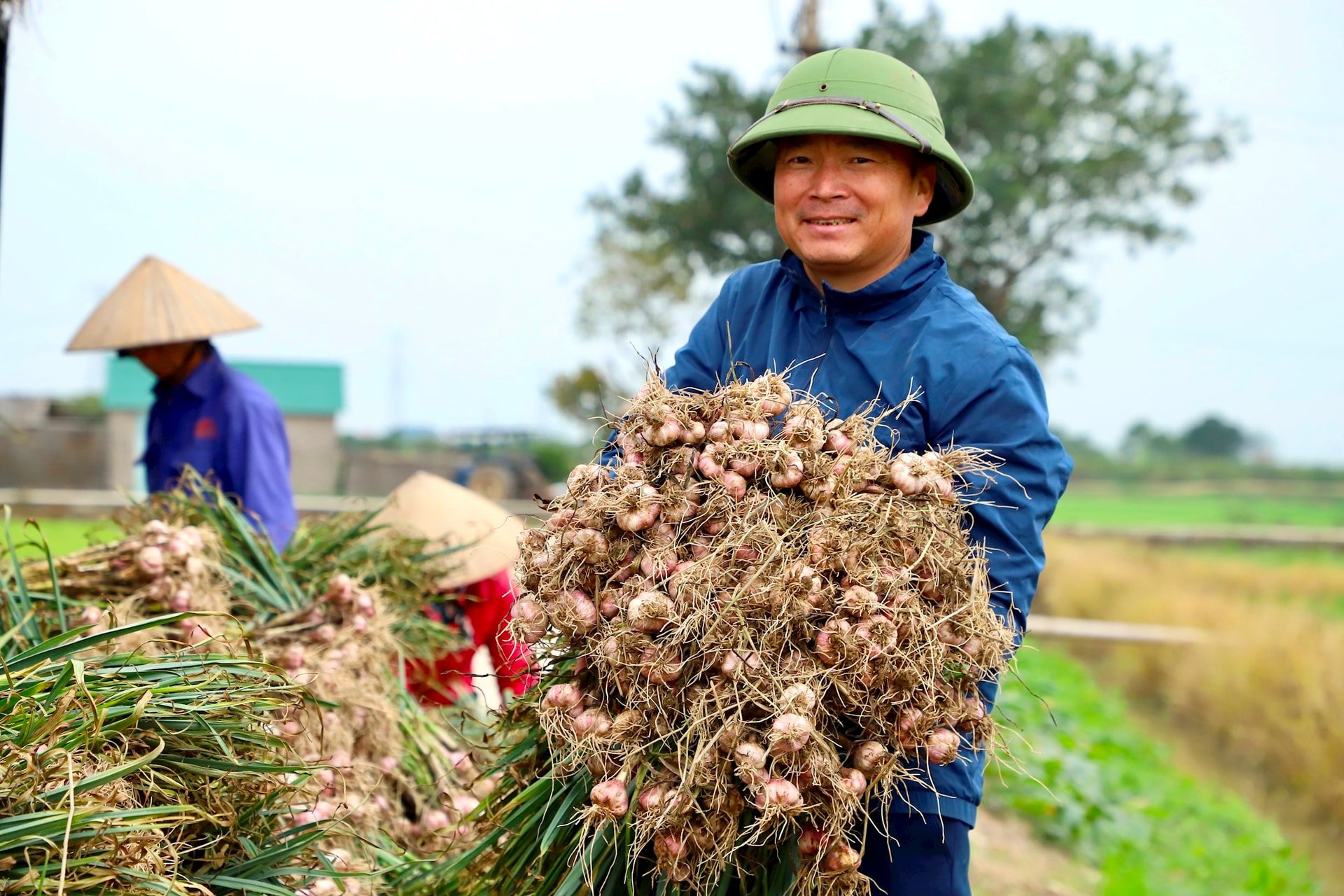








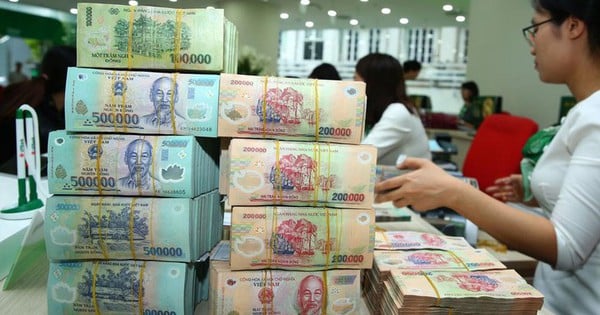
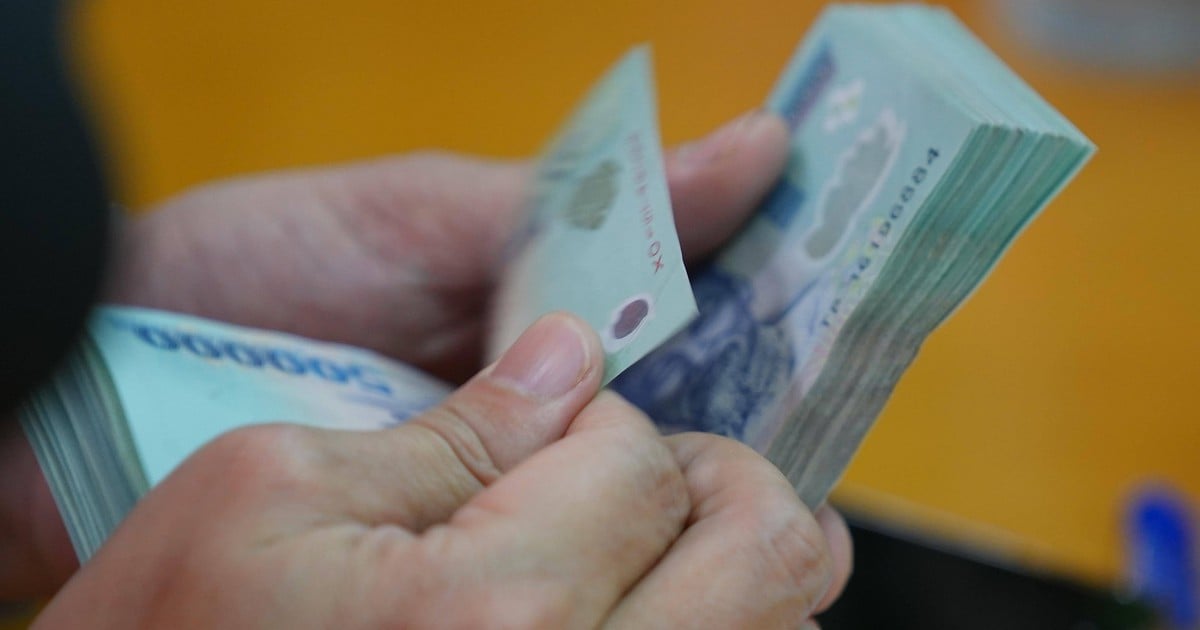

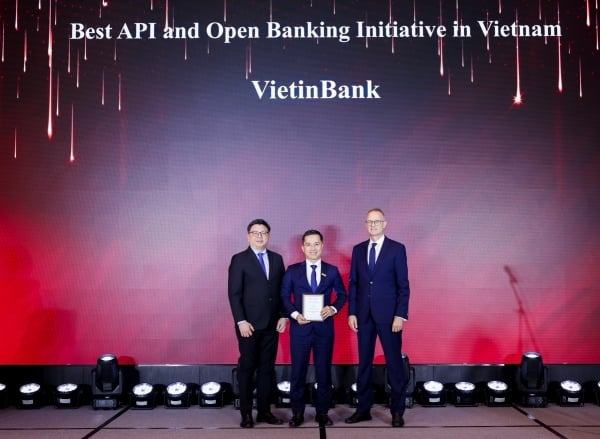






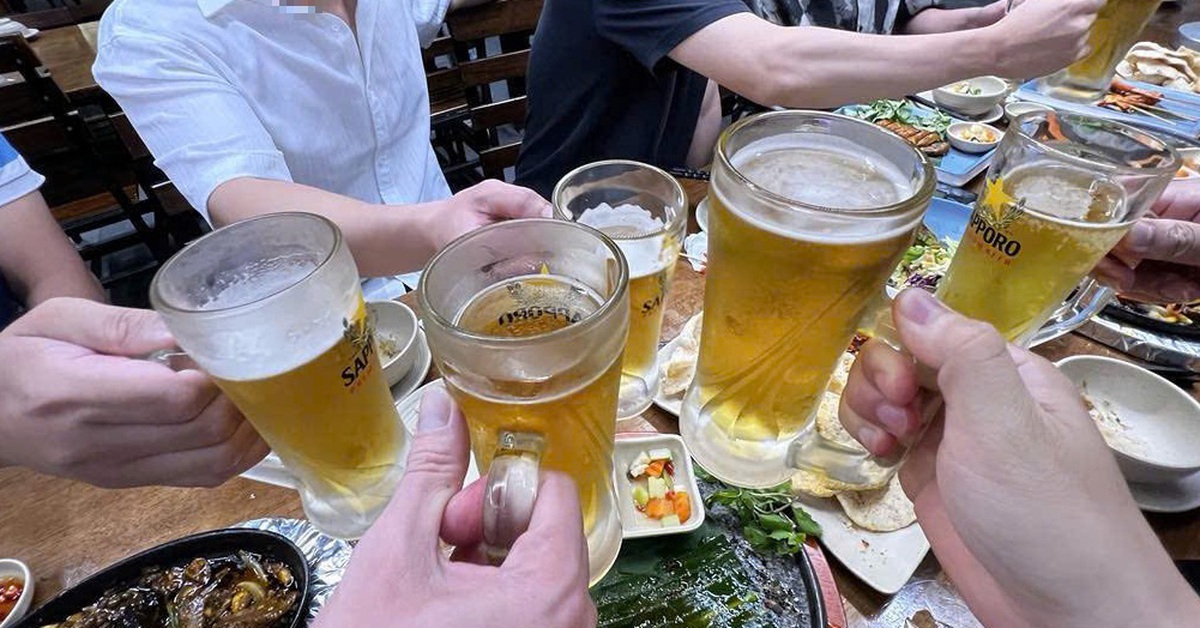
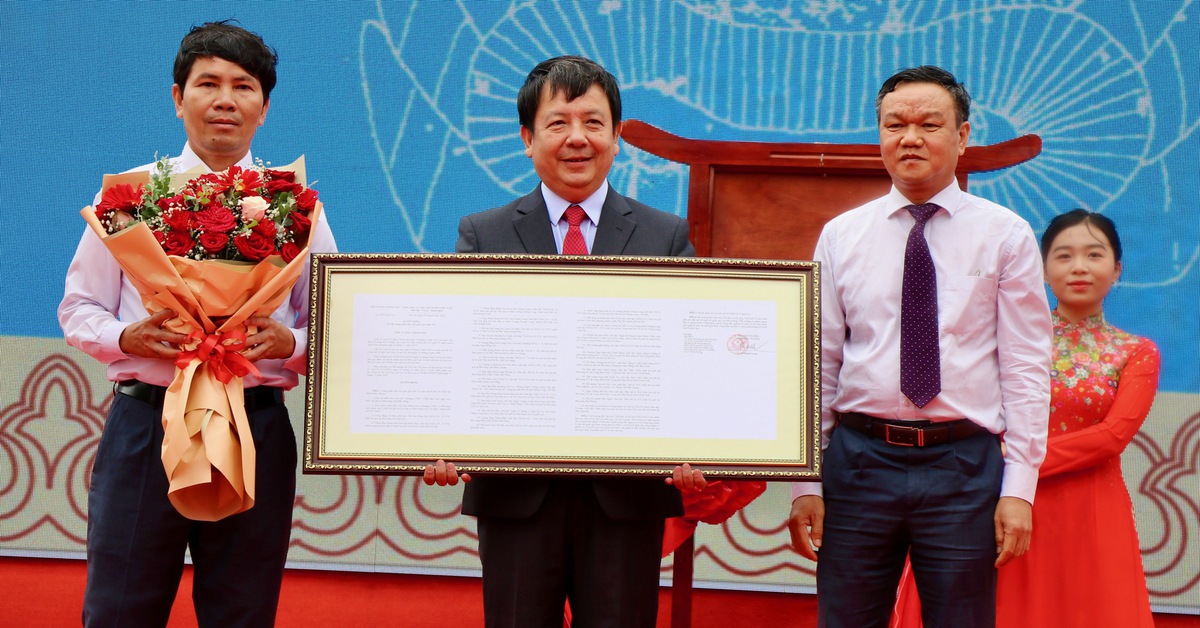
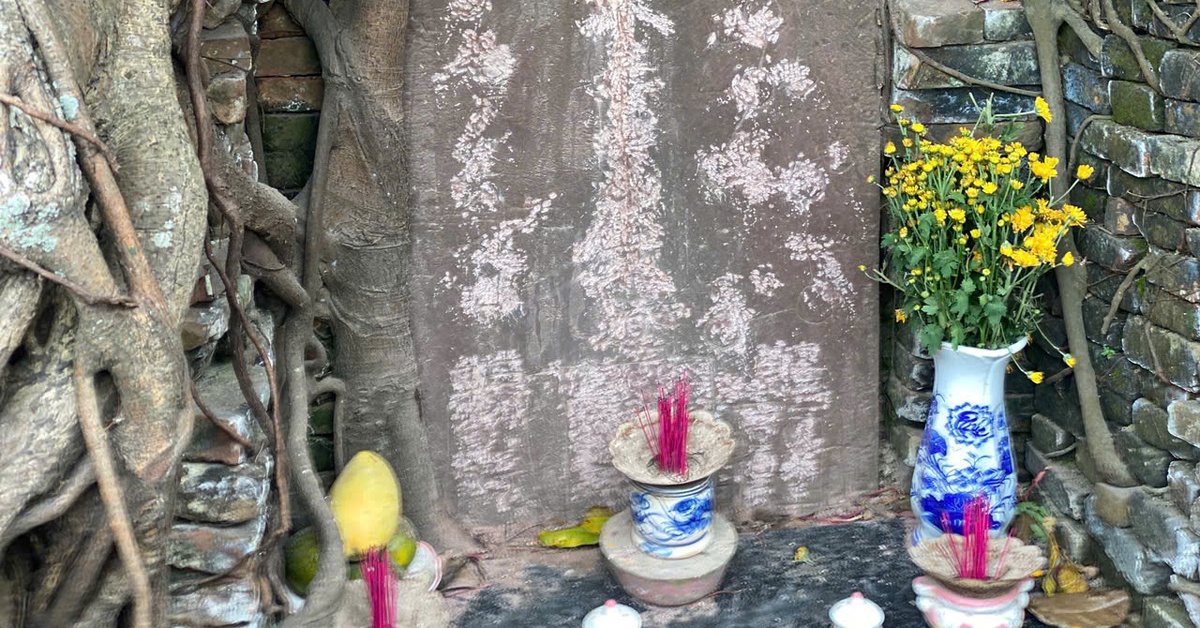

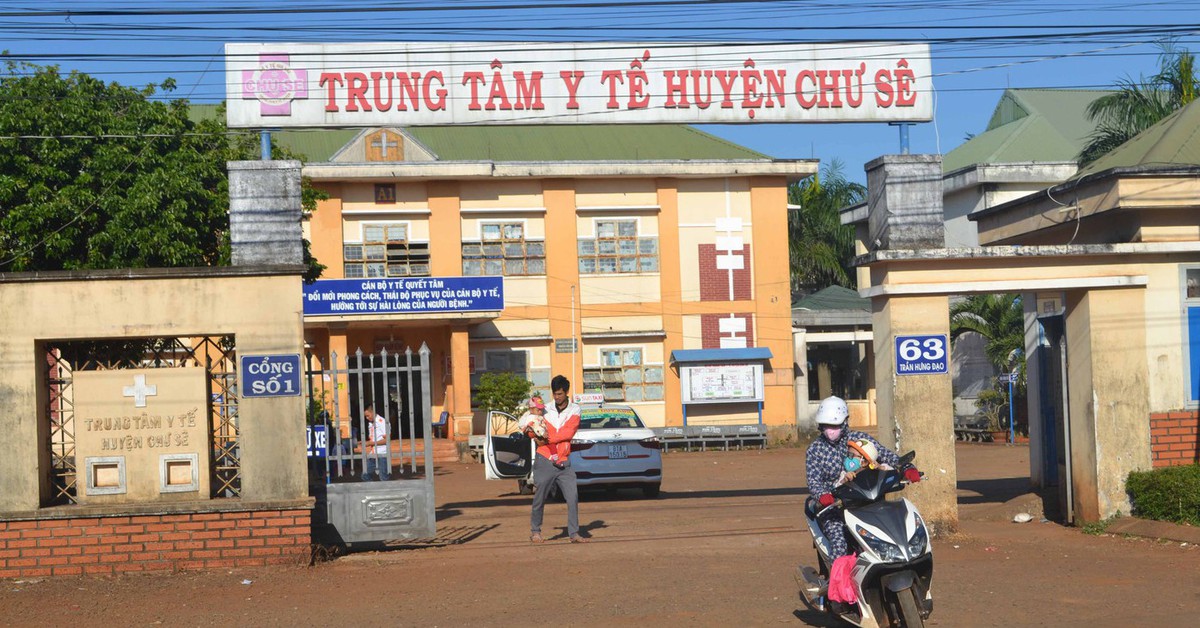












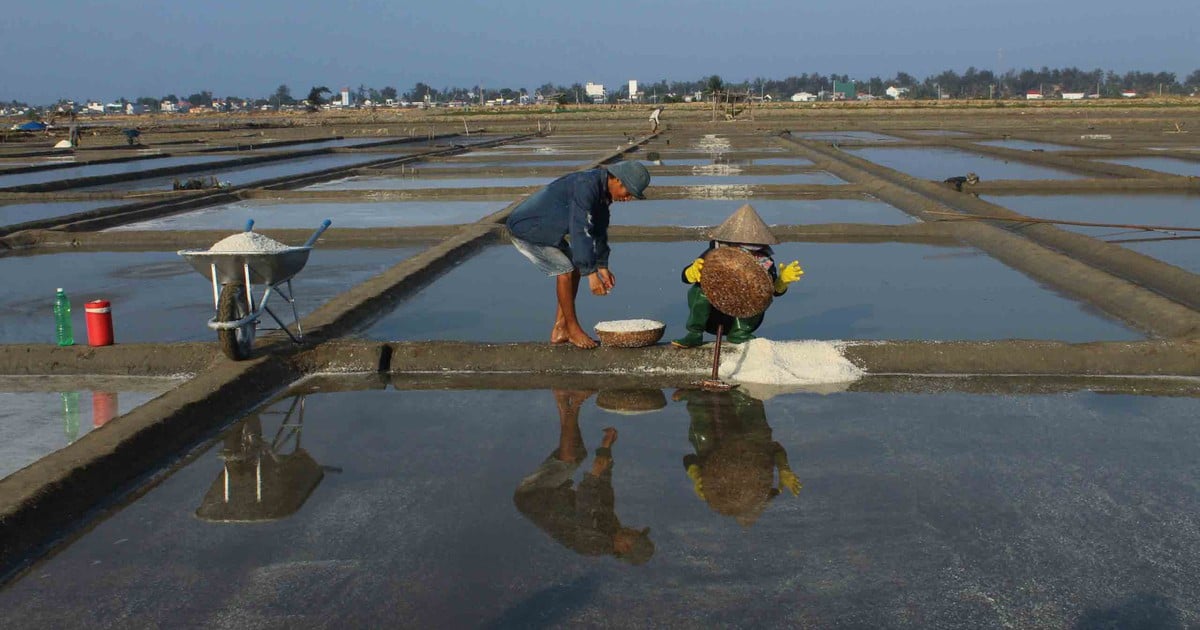























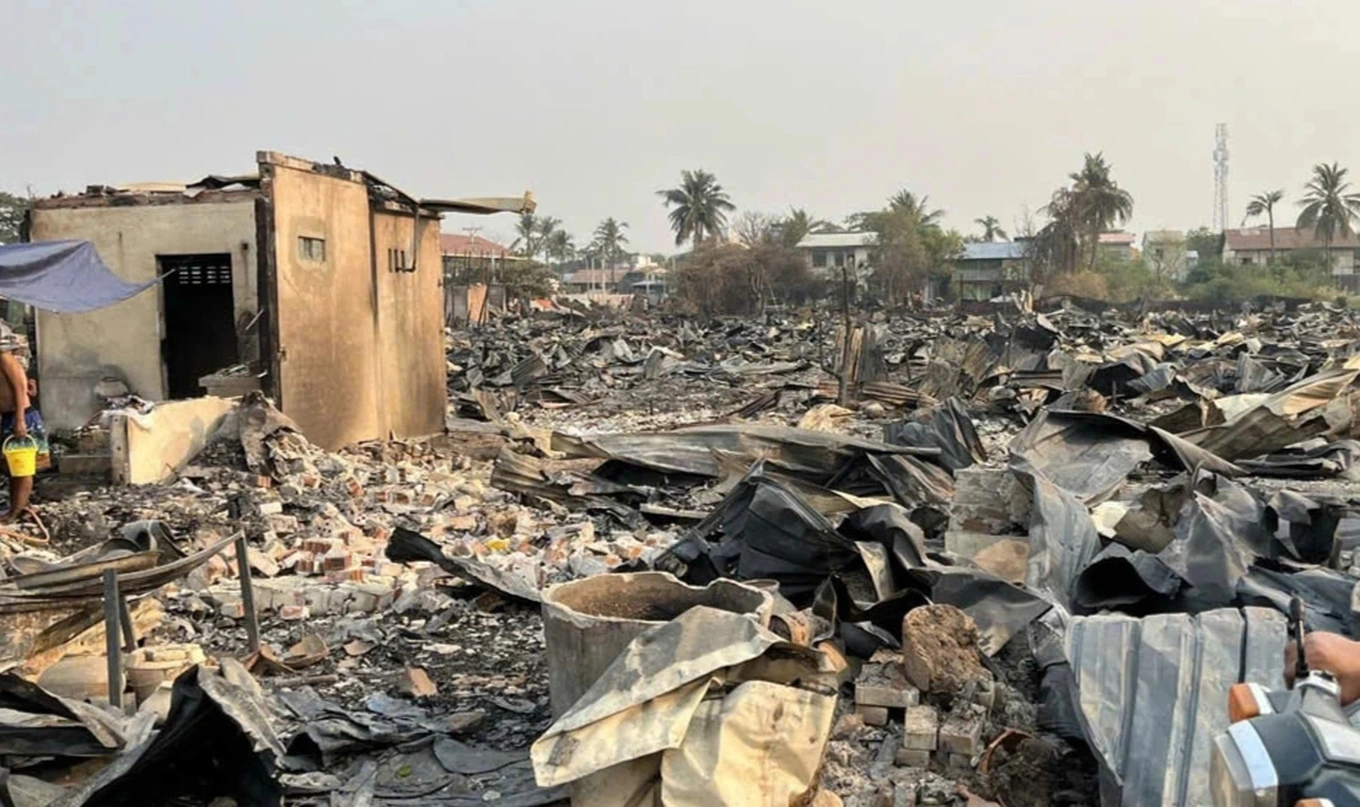
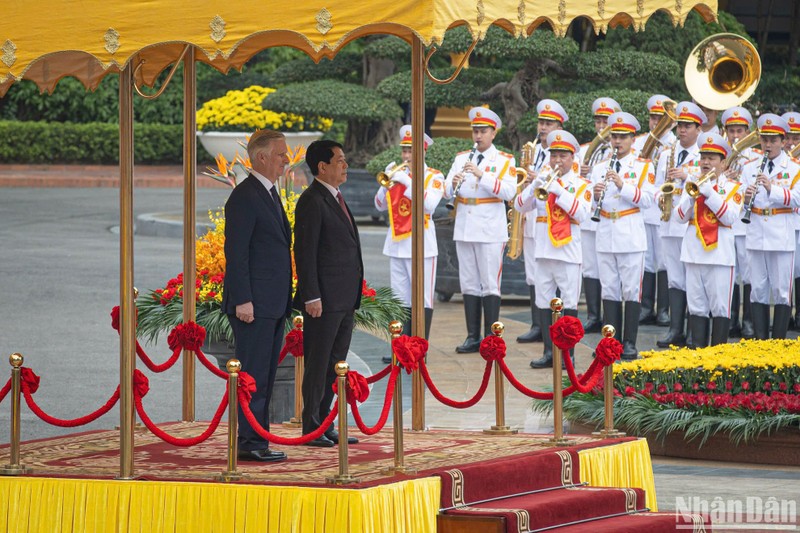







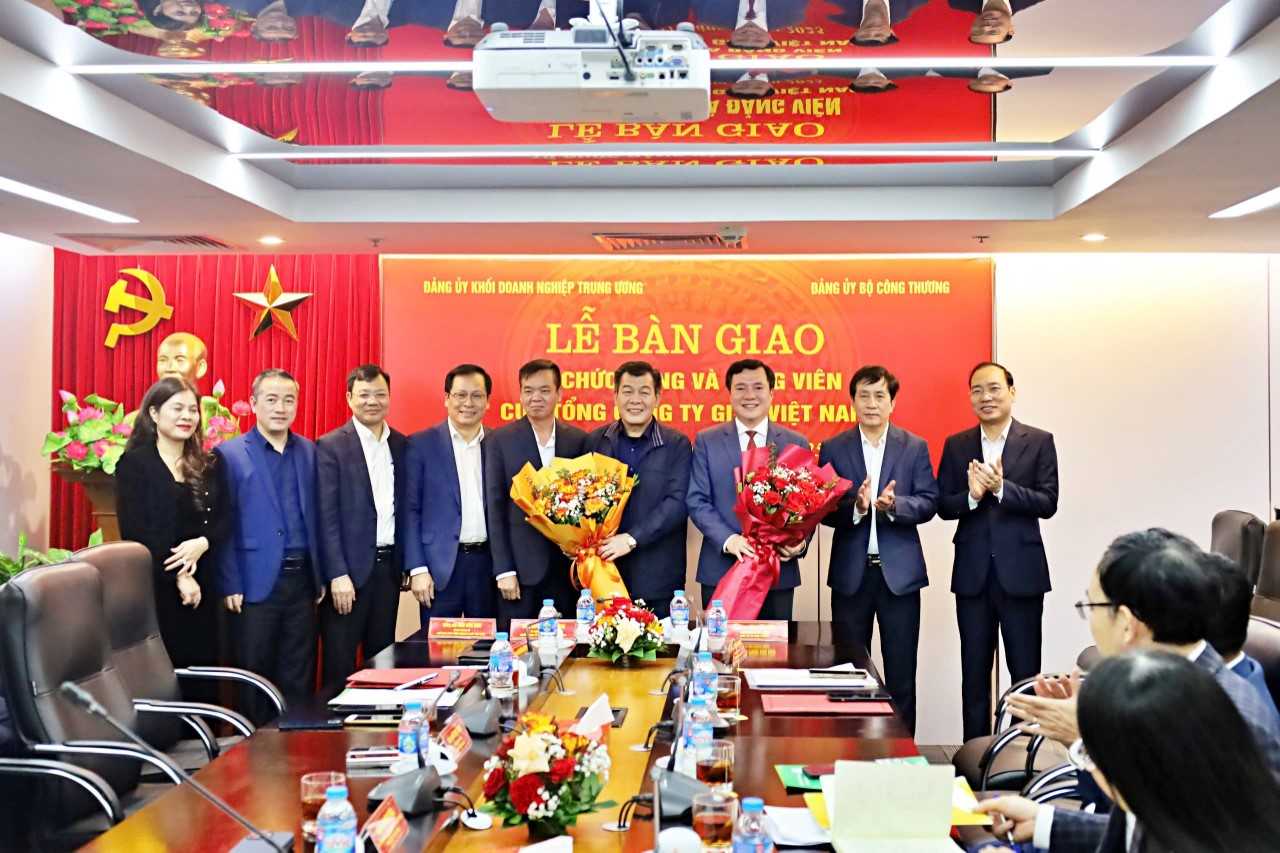

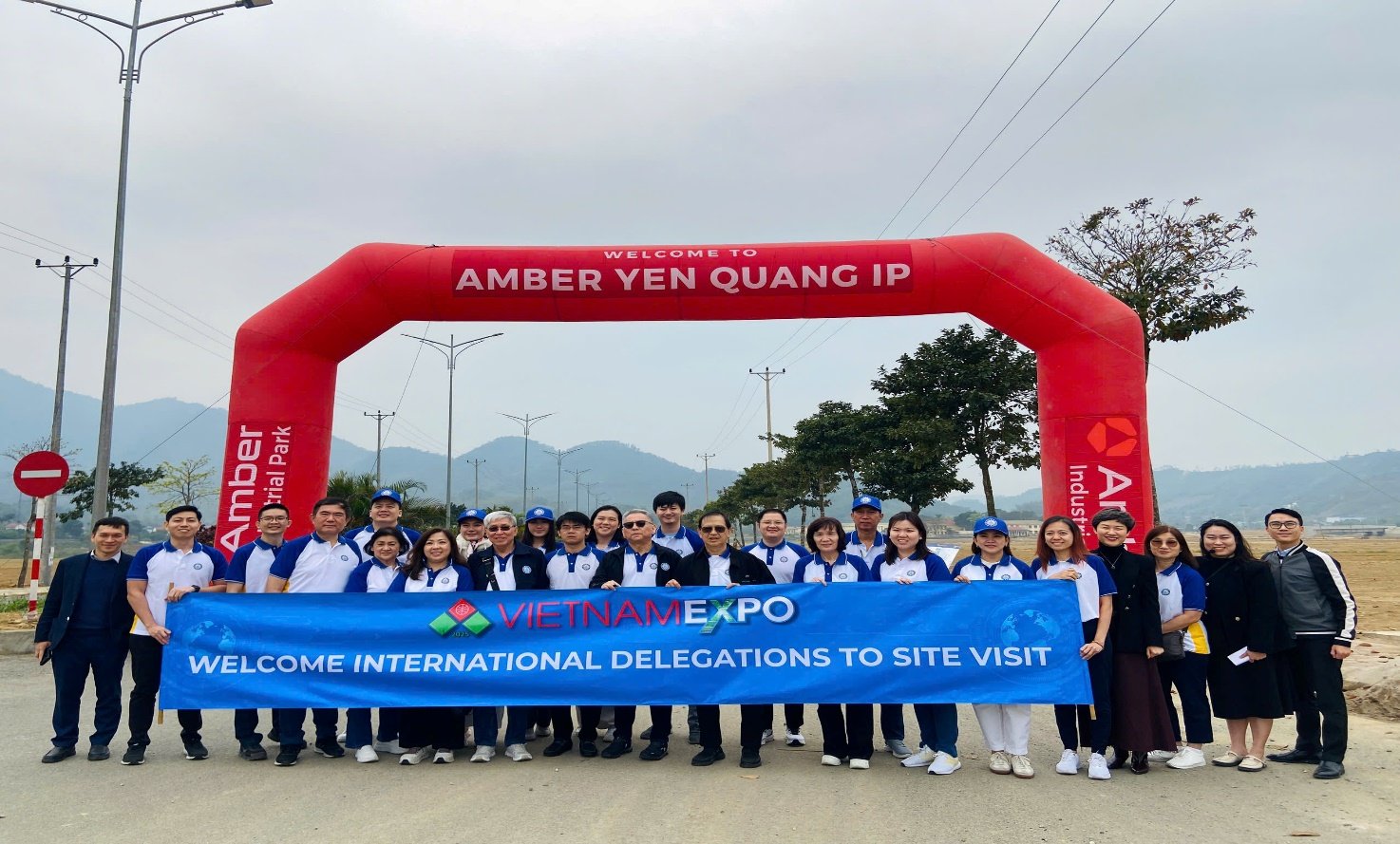




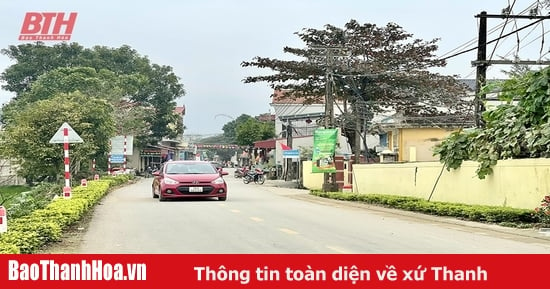

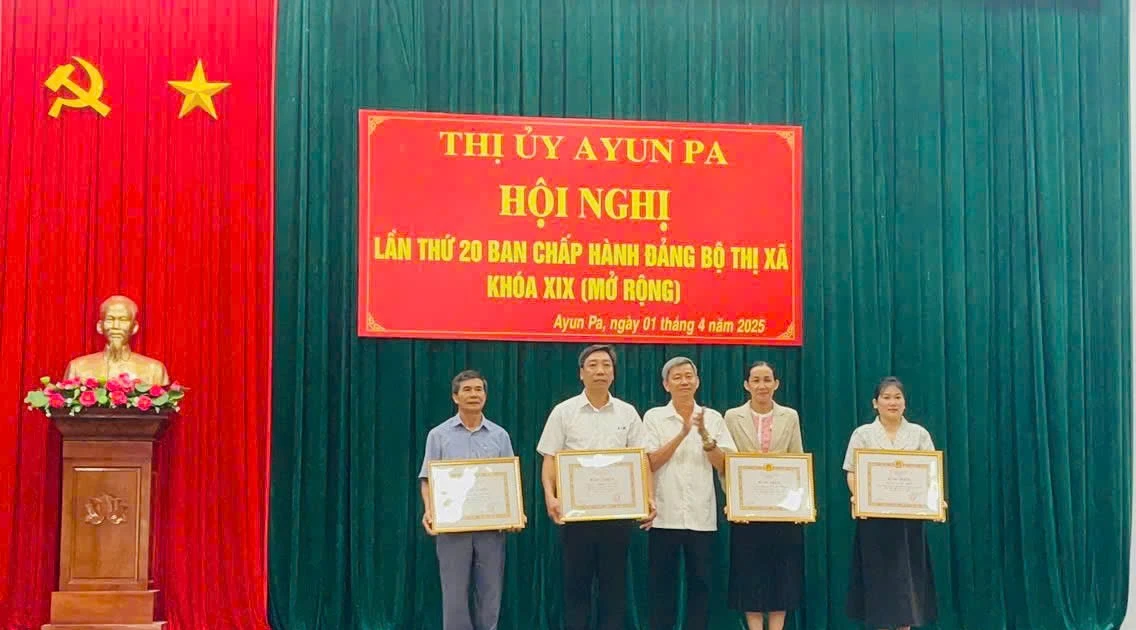

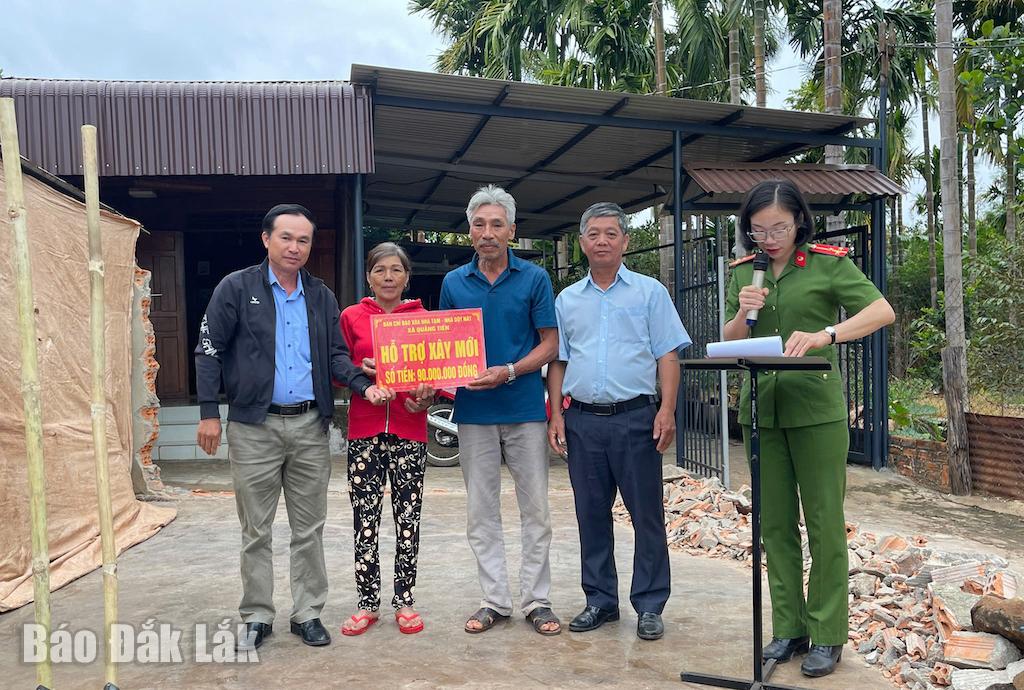











Comment (0)